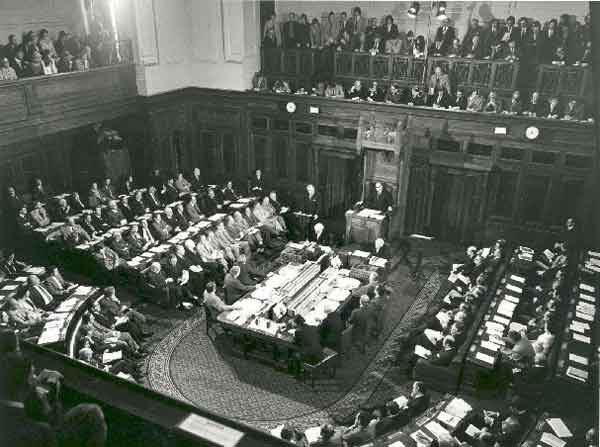What were the triggers for an increase of Senators in 1948, 1974 and 1983?
Hi, thanks for your question
The increases in the number of senators to 60 in 1948 and then to 76 in 1983 were triggered by significant increases to the number of members of the House of Representatives. In 1948, the House of Representatives grew from 75 members to 121. That number gradually rose over the decades until 1983, when it jumped to 148.
Members of the House of Representatives are voted in by electorates, which are areas in Australia which have approximately the same number of voters. As Australia’s population increases it is necessary to create new electorates in order to maintain an equal and manageable number of people in each electorate. This results in an increase in the number of members in the House of Representatives.
Section 24 of the Australian Constitution says the number of senators needs to align to the number of members in the House of Representatives. It states that 'the number of members of the House of Representatives must be twice the number of senators, or as near as practicable.' This is sometime called the nexus provision and was included to prevent the House of Representatives becoming disproportionately larger than the Senate.
Joint sitting of the Australian Parliament, 1974.

DPS Auspic
Description
This black and white photo is of a large room with tall ceilings. The seats are arranged in a horse-shoe shape around a large central table. There is a large chair at the open end of the U-shaped seats that is elevated above the other chairs. There are people sitting in the seats and papers on the desks. People are sitting and standing in the raised balconies around the sides of the room.
Permission should be sought from DPS AUSPIC for third-party or commercial uses of this image. To contact DPS AUSPIC email: auspic@aph.gov.au or phone: 02 6277 3342.